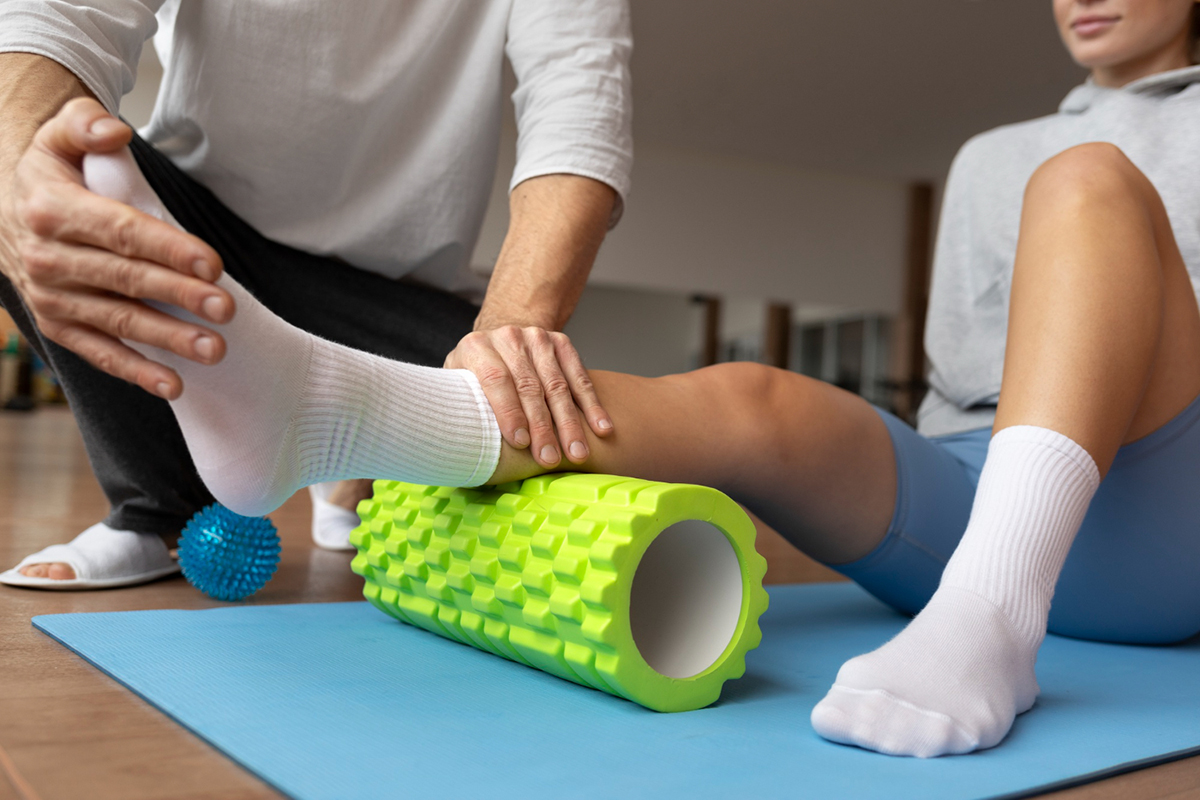A Comprehensive Guide to Pain Management

Pain can be a debilitating experience that can affect our physical and emotional well-being. Managing pain can sometimes be a daunting task, but with the right tools and resources, it is possible to live a fulfilling life. In this blog post, we will discuss the different ways to manage pain and improve your overall quality of life. Whether you suffer from acute or chronic pain, understanding how to manage it can make all the difference.
Understanding the types of pain
The first step in managing pain is understanding the different types of pain. Acute pain is typically short-lived and can be traced back to a specific injury or illness. Chronic pain, on the other hand, can last for months or even years and is often associated with conditions such as arthritis, fibromyalgia, or neuropathy. Identifying the type of pain you experience can help you determine the best approach for managing it.
Physical therapy and exercise
Physical therapy and exercise are important elements in pain management. Physical therapy helps to strengthen muscles and improve mobility, which can help reduce pain. Exercise releases endorphins, which are natural painkillers that help reduce pain and improve mood. Simple activities such as walking, yoga, stretching, and swimming can help reduce pain and increase energy levels.
Meditation and mindfulness
Studies have shown that mindfulness and meditation techniques can help reduce chronic pain. These techniques involve focusing on your breath or an object to help quiet the mind and reduce stress. Mindfulness practices can also help you become more aware of your body and notice physical sensations that may contribute to pain.
Nutrition and hydration
Eating a balanced diet that includes anti-inflammatory foods can help reduce pain. Anti-inflammatory foods such as fatty fish, leafy greens, and nuts can help reduce inflammation and pain. Staying hydrated is also vital for pain management. Dehydration can cause headaches and muscle pain, so it is essential to drink enough water throughout the day.
Medications and medical treatments
Medications and medical treatments can also help manage pain. Over-the-counter pain relievers such as ibuprofen or acetaminophen can help reduce pain. Prescription medications such as opioids may be necessary for those experiencing severe pain, but it's important to work closely with your healthcare provider to minimize the risk of addiction or misuse. Medical treatments such as injections, nerve blocks, or surgery may also be necessary for some individuals.
Conclusion
Managing pain can be a complex process, but it is possible with the right tools and resources. This guide has provided different techniques for managing pain, including physical therapy, exercise, meditation, nutrition, and medical treatments. Remember to always consult with your healthcare provider before starting any new pain management regimen. With the right approach, it is possible to live a fulfilling life with minimal pain. If you’re seeking for Physical therapy services in Winter Springs, contact B Physical Therapy today to schedule an appointment.